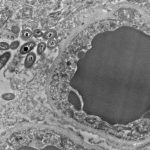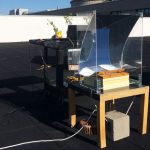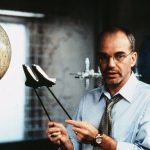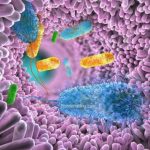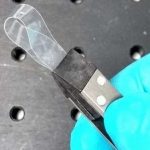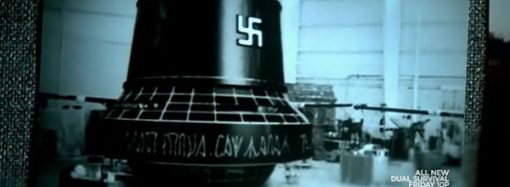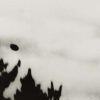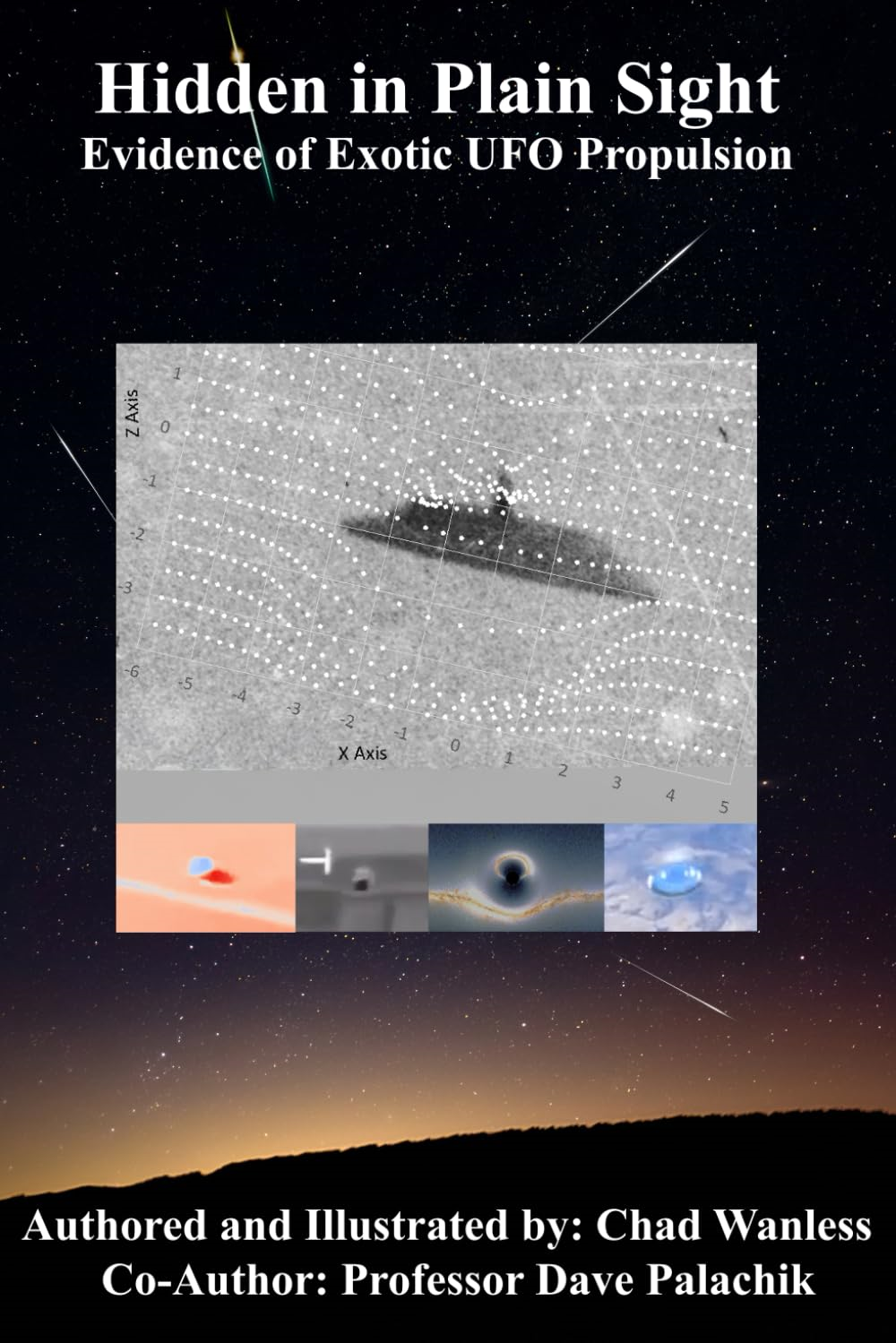Scientists Say They Can Recreate Living Dinosaurs Within the Next 5 Years0
- From Around the Web, Science & Technology
- December 14, 2018
Dinosaurs could potentially walk among us in real life soon as the paleontologist who inspired the original Jurassic Park movie has announced a research project to bring the extinct creatures back to life. Dr. Jack Horner says scientists are only 5to 10 years away from genetically engineering dinosaurs into existence.


